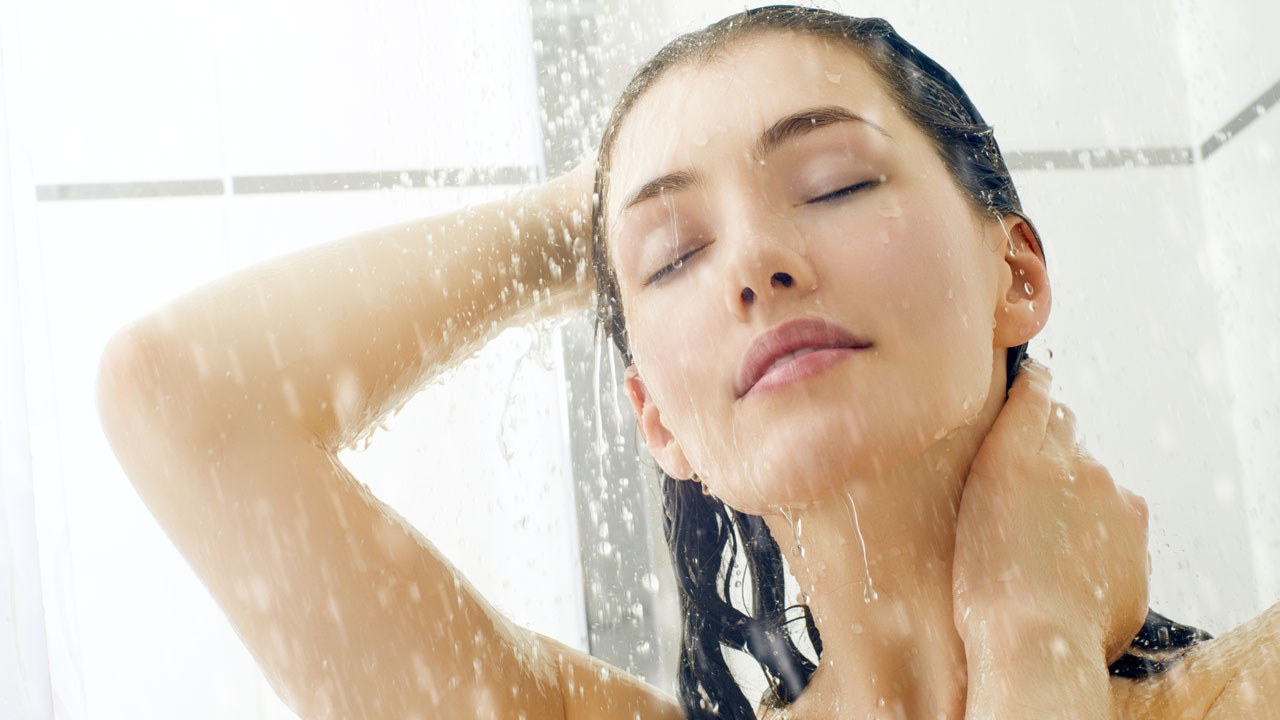How to Remove Chlorine and Chloramines from Drinking Water
 Andrew
November 26, 2025
#carbonfilter
#chloramines
#chlorine
#reverseosmosis
Andrew
November 26, 2025
#carbonfilter
#chloramines
#chlorine
#reverseosmosis

- Over 200 million Americans drink chlorine or chloramine-treated water, which serves essential public health functions by eliminating waterborne diseases like cholera and typhoid.
- Chlorine creates disinfection byproducts (DBPs) like trihalomethanes when it reacts with organic matter, which the EPA regulates due to potential long-term health risks including cancer.
- Standard activated carbon filters effectively remove chlorine and many DBPs, but chloramines often require specialized carbon media or longer contact time for effective reduction.
- Reverse osmosis systems provide comprehensive removal of chlorine, chloramines, and disinfection byproducts through multi-stage filtration, while point-of-use solutions like shower filters target specific exposure concerns.
Yes, there is a chemical called chlorine in most tap water. This is intentional. Water utilities add chlorine or chloramines as disinfectants to kill harmful bacteria, viruses, and other pathogens that could cause serious illness. Chlorine or chloramine levels up to 4 milligrams per liter (mg/L), or 4 parts per million (ppm), are considered safe in drinking water according to guidelines from the Centers for Disease Control and Prevention.
Chloramines are formed by combining chlorine with ammonia and offer longer-lasting, "secondary" disinfection as water travels through distribution pipes. More than one in five Americans uses drinking water treated with chloramines, and chloramines have been used by water utilities since the 1930s. While chloramines are weaker disinfectants than chlorine, their stability makes them particularly effective for large distribution systems.
Disinfection Byproducts: The Hidden Concern
When chlorine reacts with naturally occurring organic matter like decaying leaves or algae, it forms disinfection byproducts (DBPs), most notably trihalomethanes (THMs). The EPA has developed the DBPRs to limit exposure to these disinfectant byproducts because long-term exposure to high levels may increase health risks. The EPA currently regulates THMs in your water with a Maximum Contaminant Level (MCL) of 0.08 PPM (parts per million).
THMs include four compounds: chloroform, bromodichloromethane, dibromochloromethane, and bromoform. They are volatile organic compounds (VOCs) in water that in part evaporate into the air upon exiting faucets and fixtures. These colorless, nearly tasteless chemicals have been linked to bladder and colon cancer at relatively low exposure; at high exposure there is a link between trihalomethanes and birth defects, other reproductive issues, and damage to the kidneys, liver, and nervous system. Knowing these links, some consumers choose to further reduce levels of byproducts in their water.

You might want to remove these chemicals for several reasons beyond taste and odor concerns. Chlorine and chloramines can affect skin and hair during showering and bathing, making them feel dry or irritated. Some people report improved taste and reduced digestive sensitivity after filtering their drinking water.
To find out your water's specific chlorine and chloramine levels, check your annual Consumer Confidence Report from your water utility or contact them directly. You can also request water testing through certified laboratories if you want comprehensive analysis of your water quality, including DBP levels.
The EPA's National Primary Drinking Water Regulations set legally enforceable standards that ensure public water systems maintain safe disinfectant levels while minimizing harmful byproducts.
Several proven filtration methods can reduce chlorine, chloramines, and their byproducts from your drinking water:
Activated Carbon Filtration
Carbon filters excel at removing chlorine and many organic compounds, including THMs. Activated carbon filters have been proven effective at reducing a variety of disinfection byproducts. Some have NSF/ANSI certifications for specific contaminants, but high-quality activated carbon is known for its ability to adsorb DPBs. However, regular activated carbon filters may be less effective against chloramines, which often require longer contact time or catalytic carbon media.
Reverse Osmosis Systems
Reverse osmosis systems effectively remove chlorine, chloramines, and disinfection byproducts through their multi-stage filtration process. These systems typically include activated carbon pre-filters for chlorine removal, protecting the RO membrane while ensuring comprehensive contaminant reduction. Learn more: How Does Reverse Osmosis Work: A-to-Z Guide.
Whole-House and Point-of-Use Solutions
For comprehensive protection, consider treating water where it enters your home or at specific points of use. Whole-home systems may be useful for tackling multiple contaminants types. Shower filters are an example of a point-of-use filter that can reduce chlorine exposure during bathing, helping protect skin and hair from drying effects.
The most effective approach depends on your specific water quality, usage patterns, and treatment goals. While these disinfectants serve essential public health functions, quality filtration systems can help you enjoy better-tasting water while maintaining the safety benefits of professionally treated municipal water supplies.






